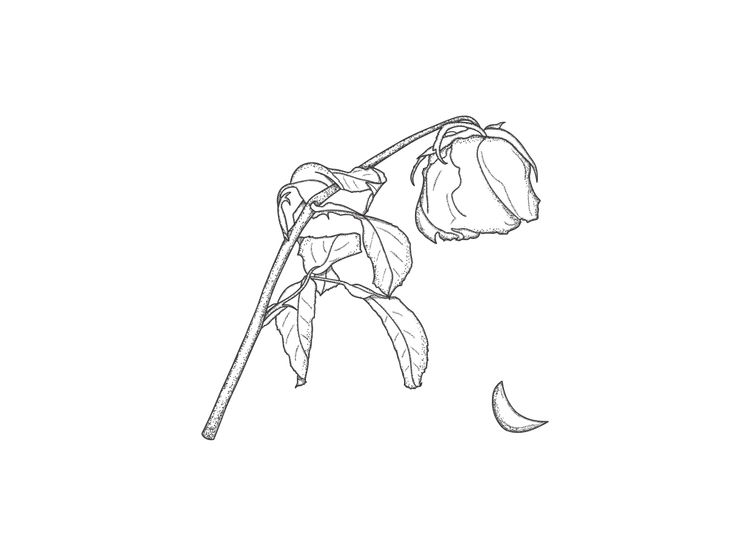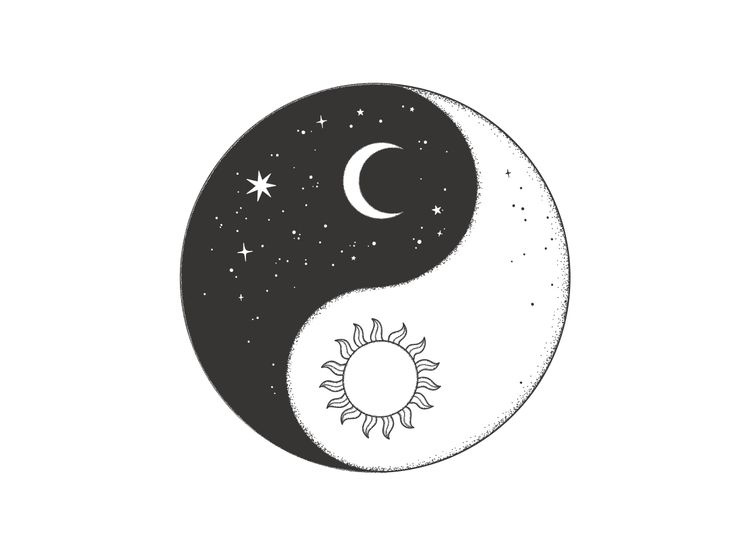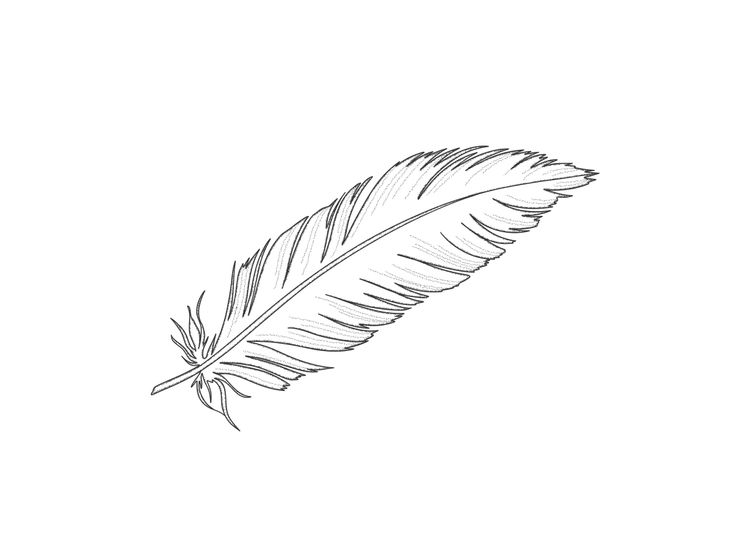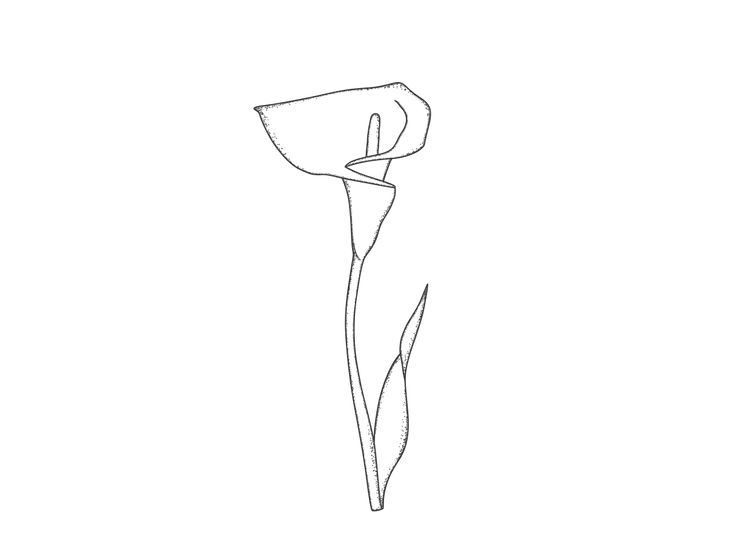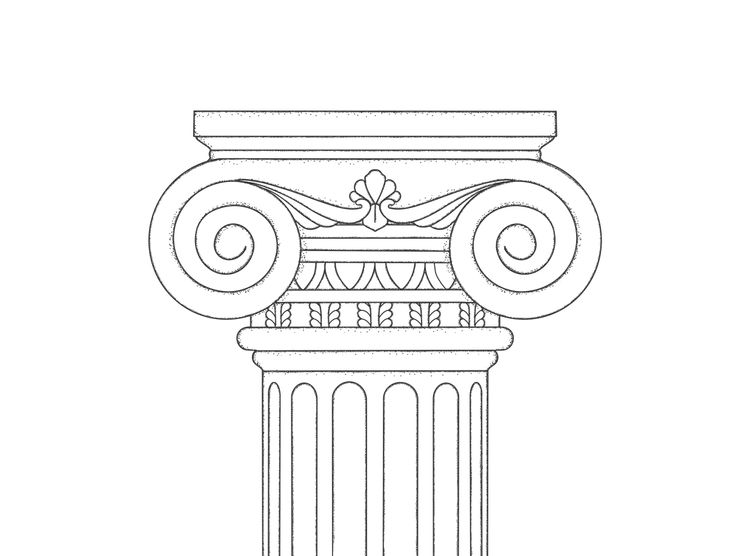Joy

What is it with joy? It seems so innocent at first. But when we look again, we find something else here, strangely alloyed with the wonder and delight. Is it sadness? Is it pain? Could it be terror?
Joy is a habit. It is a way of being in the world. We find it in presence, in paying attention, in curiosity, in noticing things—the fine, translucent hairs on the underside of a leaf; the colored patterns lichen makes on rocks; the way a hawk adjusts its wings in flight.
In joy, the world draws us out of ourselves. We join in dance and song with life. We join with the whole of creation, a single piece of cloth—delightfully woven, fascinating in its endless detail, bloody in its tumult of beauty and violence.
We surrender ourselves to joy. We lose ourselves in it. We enter it, and become it. It surprises us. It surges through us. It leaves us sobbing tears of happiness and pain. It overwhelms us.
I sometimes wonder how Thay Tinh Man, the Vietnamese monk who runs our local Zen Buddhist monastery, gets through life. I go there most Tuesdays. We spend 30 minutes doing walking meditation, 30 minutes in sitting meditation, and an hour in quiet conversation together. People share their lives and their feelings with each other. Few words are actually spoken. And yet the experience can be intense. Often we sit in silence, overwhelmed.
I do this for two hours a week. What is it to be like this all the time, deeply living the joys and sorrows of the world? Maybe meditation makes it possible. Maybe the more we allow ourselves truly to experience the world, the more we need to retreat from it, into ourselves, to reconnect with the peace in us, to recover. Maybe we find the courage to live like this by cultivating the peace in us, by knowing there is a home inside us where we can find solace and safety. Thay Tinh Man is required as a monk to spend three months a year attending retreats. Maybe it's a psychological necessity.
"It might be useful to distinguish between pleasure and joy," wrote Zadie Smith in 2013 in the New York Review of Books (registration required).
A lot of people seem to feel that joy is only the most intense version of pleasure, arrived at by the same road—you simply have to go a little further down the track. And if you asked me if I wanted more joyful experiences in my life, I wouldn't be at all sure I did, exactly because it proves such a difficult emotion to manage.
Occasionally, her child is a pleasure, she writes,
though mostly she is a joy, which means in fact she gives us not much pleasure at all, but rather that strange admixture of terror, pain, and delight that I have come to recognize as joy, and now must find some way to live with daily.
There is a "great struggle that tends to precede joy," she writes,
and the feeling—once one is "in" joy—that the experiencing subject has somehow "entered" the emotion, and disappeared. I "have" pleasure, it is a feeling I want to experience and own. A beach holiday is a pleasure. A new dress is a pleasure. But on that dance floor I was joy, or some small piece of joy, with all these other hundreds of people who were also a part of joy.
Joy "hurts just as much as it is worth," she writes. "What an arrangement. Why would anyone accept such a crazy deal?"
I never used to cry much. I think I might have gone for years in my 30s and 40s without shedding a solitary tear. Now I cry at things I see in nature. I cry at memories of my childhood. I cry at old photos of my dad. I cry when I am watching films, or reading books. Sometimes I cry with my coaching clients. I wonder if they notice. They are often crying too. I cannot seem to help myself. I feel things more deeply than I used to. Someone turned the contrast up. It is wonderful and painful and exhausting, all at the same time.
In Pilgrim at Tinker Creek, a young Annie Dillard teaches us what it means to live for joy, every day, caught up so ecstatically in the beauty and horror of the world that she disappears into it. The journal of a year spent living in Virginia's Roanoke Valley, Annie Dillard chronicles the lives of muskrats and praying mantises, tries to catch the present moment, gets lost in the fractal wonders of trees, and stares unblinkingly at the horrors of insect eating habits. If all writing is some kind of attempt by the author to share something of their soul, Pilgrim at Tinker Creek succeeds like few other books I have read. It is joyful.
Each week I explore a life metaphor that has touched me in my coaching. Subscribe to get my scribblings every Sunday morning. You can also follow me on Medium, or on LinkedIn. Feel free to forward this to a friend, colleague, or loved one, or anyone you think might benefit from reading it.

